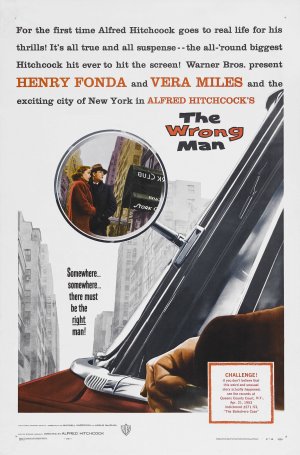On February 14th, 1929, seven men were murdered in a garage in Chicago, Illinois. Five of the seven men were known to be associates of gangster George “Bugs” Moran. The other two men were considered to be innocent bystanders, a mechanic and a dry cleaner who just happened to enjoy hanging out with gangsters. Though no one was ever convicted of the crime, it was well-known that the murders were carried out on the orders of Al Capone.
In many ways, the St. Valentine’s Day Massacre was a turning point in America’s relationship with organized crime. Before the massacre, Capone had become a bit of a folk hero. He knew how to talk to the press and he was viewed as merely breaking a law (in this case, prohibition) that most people opposed in the first place. However, after the murders, public opinion soured on Capone.
Some of it was the brutality of the crime. It’s been said that over five hundred bullets were fired in that garage, all to kill seven defenseless men who were lined up against a wall. Grisly pictures of the victims were released to the press. Perhaps if the seven men had been carrying weapons and had been involved in a shootout with their murderers, the public’s reaction would have been different. But this was a cold-blooded execution.
Personally, I think the fact that the killers disguised themselves as cops also played a role in the public’s outrage. It was a very calculated move on the part of the killers and it highlighted just how much planning went into the St. Valentine’s Day Massacre. As well, it undoubtedly made people paranoid. If a bunch of killer could dress up like cops, who knew who else they could dress up as?
Finally, I think that Capone’s biggest mistake was carrying out the crime on Valentine’s Day. You don’t murder people on a holiday. Anyone should know that. If Capone had waited until February 20th, he probably could have gotten away with it.
The 1967 film, The St. Valentine’s Day Massacre, details the rivalry between Capone and Moran, starting with them fighting for control over the Chicago rackets and ending with the title event. Moran is played by Ralph Meeker while Jason Robards plays Capone.
Now I know what you’re probably thinking. Perennial WASP Jason Robards as Al Capone? That may sound like odd casting and, let’s just be honest here, it is. However, it actually kind of works. Robards may not be convincingly Italian but he is convincingly ruthless. Add to that, one of the major subplots of the St. Valentine’s Day Massacre is that, even as the head of the Chicago Outfit, Capone still feels like an outsider in the world of organized crime because, while he is Italian, he isn’t Sicilian. Capone feels as if Lucky Luciano and all of the major New York crime bosses look down on him and one reason why he’s so ruthless about taking over Chicago is that wants to show Luciano that he can be just as effective a crime lord as any Sicilian. Capone feeling out of place in the Mafia is reflected by Robards initially seeming to be out of place in a gangster film. By the end of the movie, of course, Capone has proven himself and so has Jason Robards.
Robards isn’t the only familiar face to be found in The St. Valentine’s Day Massacre. Though this film was released by 20th Century Fox, it was directed by Roger Corman and Corman fills the production with members of his stock company. Dick Miller, Jonathan Haze, and Jack Nicholson all have small roles as gunmen. Bruce Dern plays the unlucky mechanic who enjoys hanging out with gangsters. Buck Taylor, Leo Gordon, and Joe Turkel all have small roles. John Agar plays Dion O’Bannon and is gunned down in his flower store. Though not members of the Corman stock company, George Segal and David Canary plays brothers who work for Moran. There’s a lot of characters wandering through this film but Corman makes sure that everyone gets a chance to make an impression.
It’s a good gangster film. Though he was working with a larger budget than usual, Corman still brought his exploitation film aesthetic to the material and the end result is a violent, melodramatic gangster film that looks really impressive. The film’s recreation of 1920s Chicago is a visual delight and looking at the well-dressed and stylish gangsters walking and driving down the vibrant city streets, you can understand why organized crime would have such a draw for some people.
The St. Valentine’s Day Massacre is a classic gangster film and a classic Corman film. It’s an offer you can’t refuse.
Previous Offers You Can’t (or Can) Refuse:
- The Public Enemy
- Scarface
- The Purple Gang
- The Gang That Could’t Shoot Straight
- The Happening
- King of the Roaring Twenties: The Story of Arnold Rothstein
- The Roaring Twenties
- Force of Evil
- Rob the Mob
- Gambling House
- Race Street
- Racket Girls
- Hoffa
- Contraband
- Bugsy Malone
- Love Me or Leave Me
- Murder, Inc.

